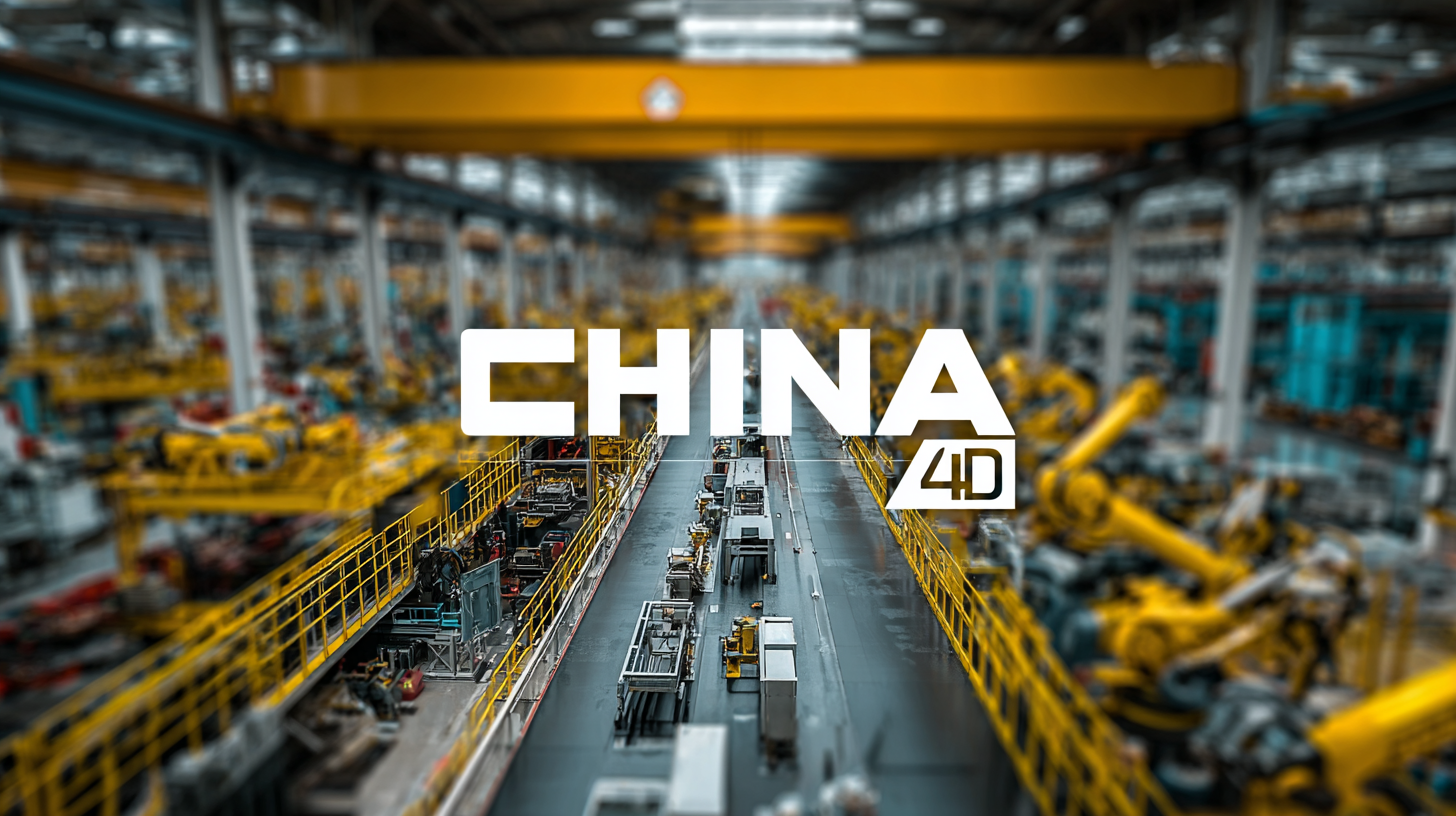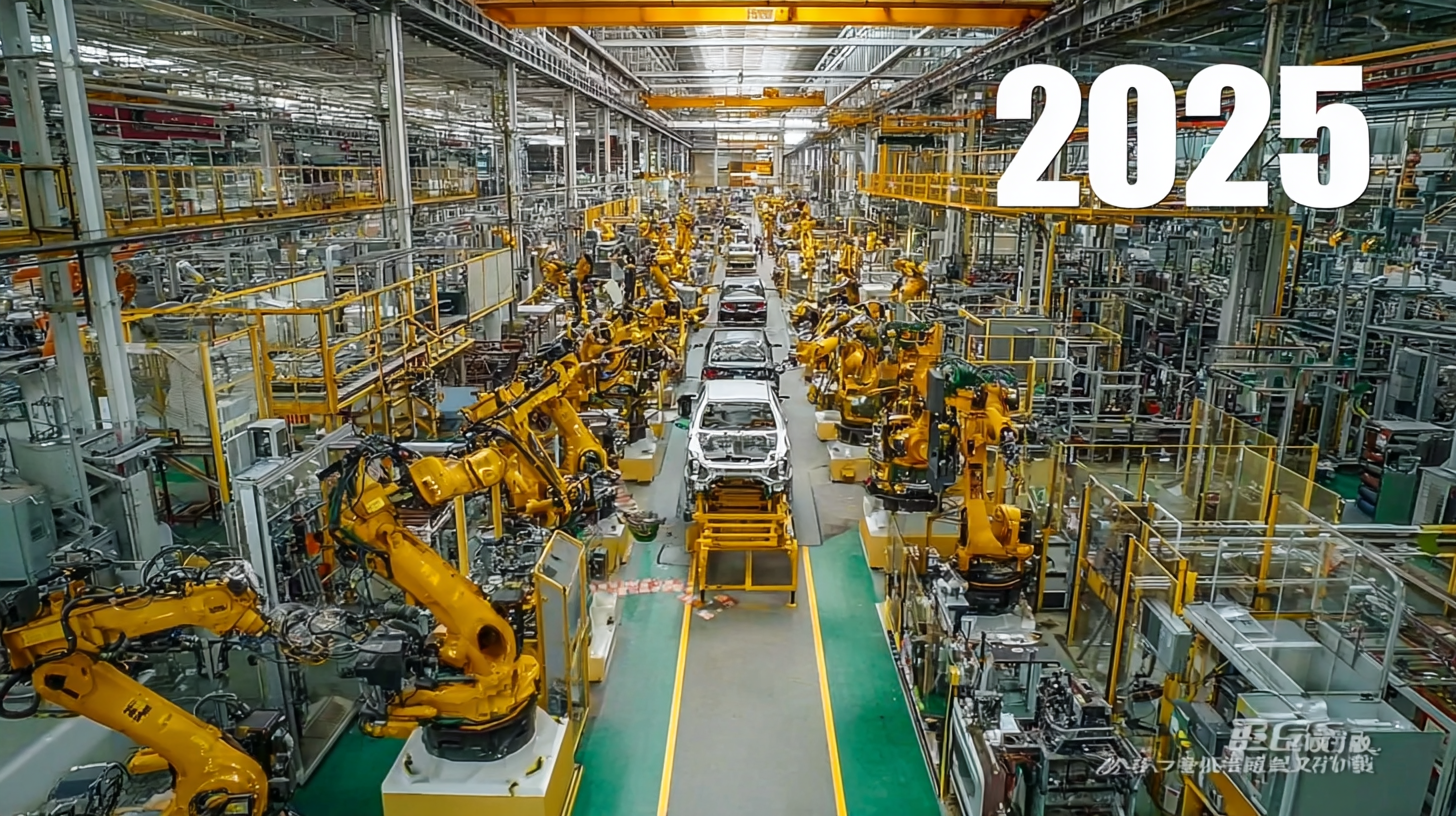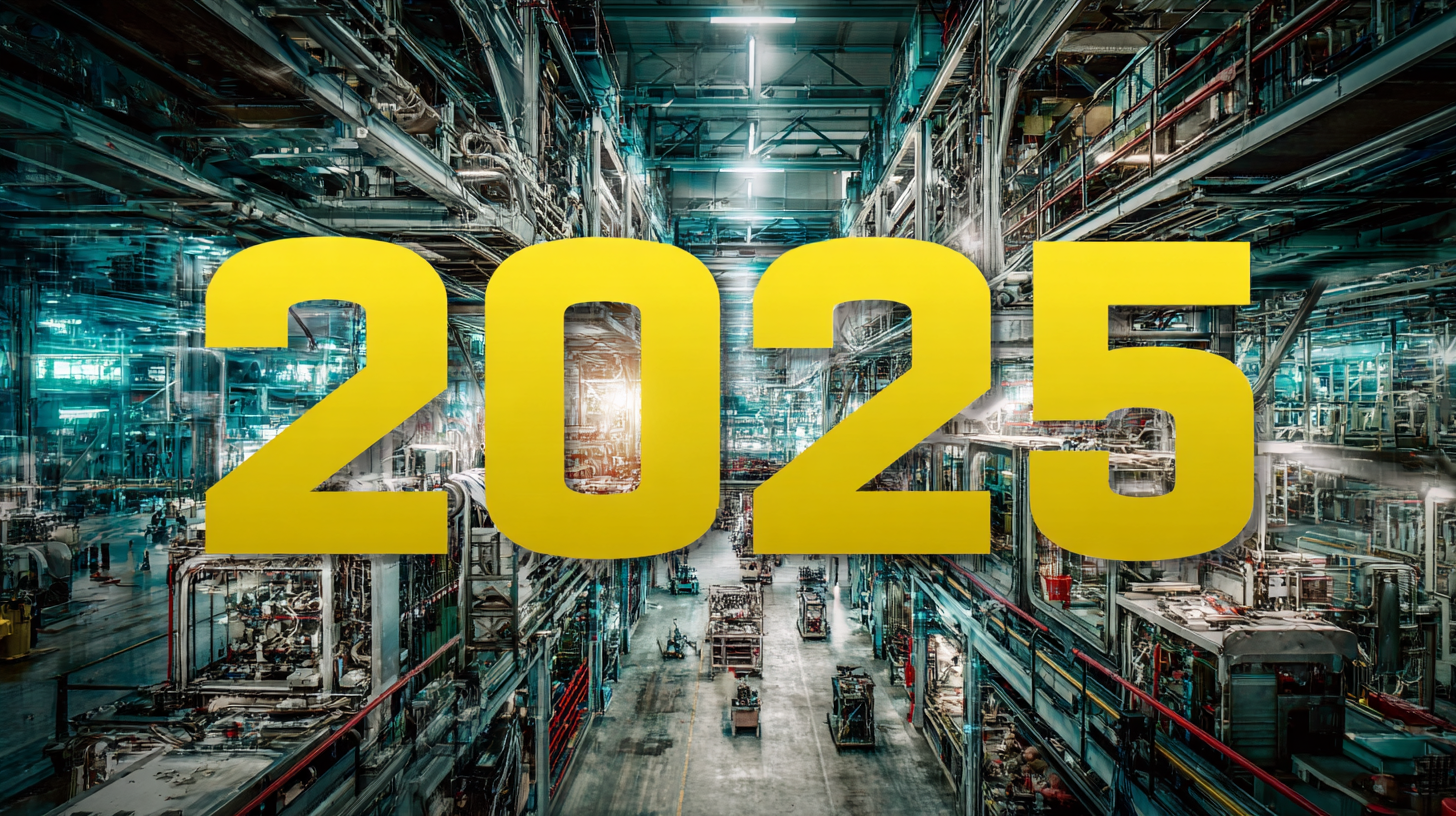
2025 Industry Trends: How Best China Products are Shaping the Future of Manufacturing
The landscape of global manufacturing is evolving rapidly, with China at the forefront of this transformation. As reported by the International Data Corporation, China's manufacturing output is projected to exceed $5 trillion by 2025, solidifying its role as a powerhouse in the industry. This staggering figure highlights the importance of identifying high-quality suppliers within this dynamic environment. With advancements in technology, such as the Internet of Things and artificial intelligence, China is not just a hub for production but is also shaping the future of manufacturing through innovation and efficiency.

As businesses aim to leverage the strengths of Chinese manufacturers, understanding how to find reliable suppliers becomes paramount. This blog will explore the industry trends of 2025 and offer insights on sourcing top-tier products from China that meet the evolving demands of the market.
Emerging Technologies Driving China’s Manufacturing Renaissance
As we look toward 2025, the landscape of manufacturing in China is undergoing a remarkable transformation driven by emerging technologies. The integration of artificial intelligence (AI) into production processes is one of the key drivers of this manufacturing renaissance. AI not only enhances efficiency by streamlining operations but also improves quality control through real-time data analysis. Manufacturers are leveraging machine learning algorithms to predict equipment failures, minimize downtime, and optimize supply chains, ultimately resulting in more agile production environments.
Additionally, the rise of the Internet of Things (IoT) is revolutionizing how Chinese manufacturers operate. By connecting machinery and systems, IoT technology allows for greater visibility across the manufacturing floor. Data collected from smart devices enables manufacturers to make informed decisions, adapt to market changes swiftly, and enhance product customization. This interconnectedness is fostering innovation, ensuring that China remains at the forefront of global manufacturing excellence as it embraces sustainable practices and increasingly sophisticated production techniques.
2025 Industry Trends: China's Manufacturing Innovations
Sustainability as a Core Element in Future Product Design
As the manufacturing landscape evolves, sustainability has emerged as a core element in future product design. According to a report by McKinsey, over 60% of consumers are willing to pay more for sustainable products, indicating a significant shift in market dynamics. This growing demand is prompting manufacturers to integrate eco-friendly materials and processes into their production lines.
 In China, the push for sustainable practices is shaping the future of manufacturing. The National Development and Reform Commission has set ambitious targets to reduce carbon emissions by 2030, influencing companies to adopt greener technologies. For instance, the use of recycled materials has surged, with a recent industry study showing a 25% increase in companies incorporating recycled components in their products. This not only aligns with global sustainability goals but also enhances brand loyalty among environmentally conscious consumers.
In China, the push for sustainable practices is shaping the future of manufacturing. The National Development and Reform Commission has set ambitious targets to reduce carbon emissions by 2030, influencing companies to adopt greener technologies. For instance, the use of recycled materials has surged, with a recent industry study showing a 25% increase in companies incorporating recycled components in their products. This not only aligns with global sustainability goals but also enhances brand loyalty among environmentally conscious consumers.
Moreover, numerous Chinese manufacturers are investing in energy-efficient machinery and renewable energy sources. A report from the International Energy Agency projects that such investments could lead to a 15% reduction in production-related emissions by 2025. As businesses prioritize sustainability in product design, the future of manufacturing is poised for transformation, driven by both consumer demand and regulatory pressures.
The Role of Automation in Enhancing Production Efficiency
In 2025, the manufacturing landscape is being transformed by automation, particularly through the innovative products emerging from China. According to a recent report by McKinsey, up to 45% of current manufacturing tasks could be automated using existing technologies, which significantly enhances production efficiency. Automation allows manufacturers to reduce labor costs and minimize human error, thus increasing the overall quality of products.
One prominent example is the rise of Industry 4.0 technologies, including the Internet of Things (IoT) and artificial intelligence (AI), deployed extensively in Chinese factories. A report from PwC indicates that companies utilizing automated systems can boost their productivity by as much as 20%. This shift not only accelerates production cycles but also facilitates real-time data analytics, enabling manufacturers to respond swiftly to market changes.
Tip: Businesses should invest in training their workforce to adapt effectively to automation, ensuring staff are equipped with the necessary skills to manage new technologies.
Tip: Regularly analyze your production processes to identify areas where automation could reduce bottlenecks and enhance efficiency. Foster collaboration between technology and human workers to leverage the unique strengths of both.
Consumer Preferences Shaping Product Innovations in China
As we delve into the 2025 industry trends, it becomes increasingly clear that consumer preferences are significantly shaping product innovations in China. According to a report by McKinsey & Company, 70% of Chinese consumers prioritize sustainability in their purchasing decisions, making eco-friendly products not just a trend but a necessity for manufacturers. This shift is pushing companies to rethink their manufacturing processes, from using recyclable materials to implementing energy-efficient technologies.

Tips: To align with consumer expectations, manufacturers should consider adopting transparent supply chain practices, showcasing their commitment to sustainability. Engaging consumers through social media about the environmental impact of products can also enhance brand loyalty.
Moreover, personalization is becoming a key factor in consumer choices. A study by Deloitte notes that 36% of consumers are interested in brands that offer customized products tailored to their individual preferences. This trend is prompting manufacturers to invest in advanced technologies like AI and machine learning to create more adaptable production lines.
Tips: Embracing data analytics can help manufacturers understand consumer behavior more deeply, allowing for better-targeted marketing strategies that resonate with specific demographics. Innovations in design and functionality driven by consumer feedback can further strengthen brand positioning in a competitive market.
Global Collaboration: How China's Products Influence International Markets
In the rapidly evolving landscape of global manufacturing, China's products are setting the agenda, influencing international markets, and reshaping supply chains. According to a report from McKinsey & Company, by 2025, China is projected to account for 40% of global manufacturing output. This dominance highlights how Chinese industries are not only meeting domestic demands but are also essential players in global sourcing strategies, pushing international partners to adapt to their innovations.
Furthermore, the collaboration between Chinese manufacturers and foreign companies continues to yield benefits on both sides. A recent study by the Boston Consulting Group found that companies partnering with Chinese suppliers have seen their operational costs reduced by up to 20%. This collaborative environment fosters innovation, allowing for the development of high-quality products that are competitive in various markets.
Tip: For businesses looking to leverage China's manufacturing prowess, it’s crucial to establish strong relationships with local suppliers. Regular communication and understanding cultural nuances can lead to more effective partnerships. Additionally, staying ahead of technological trends, such as automation and AI integration in manufacturing, can enhance your competitive edge.
